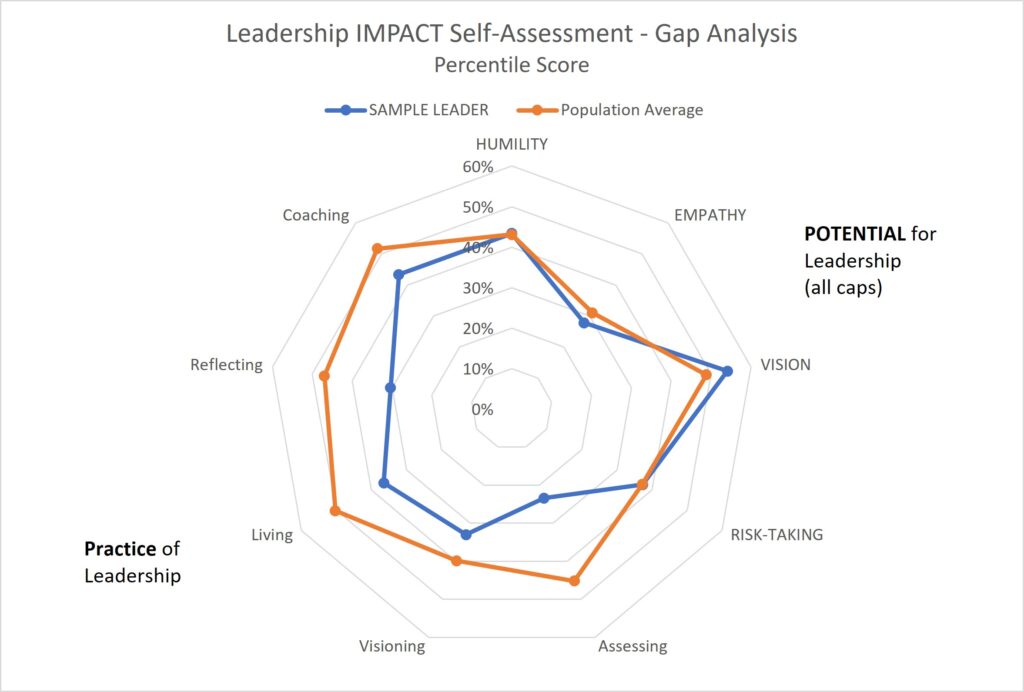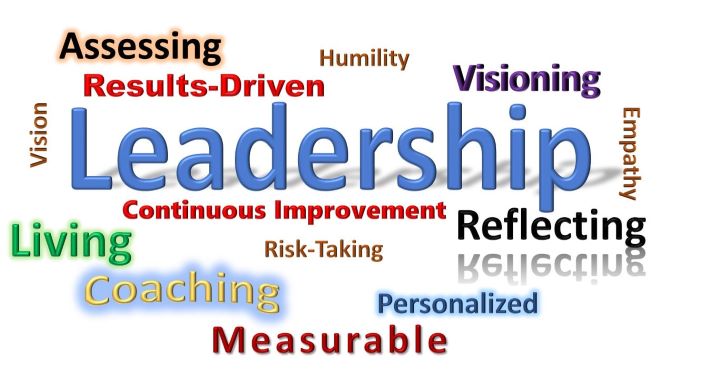A leadership program should be an asset for any organization to enroll their people in to drive growth. Too many of these programs are simply motivational speaking exercises without providing any clear direction on what the attendee should do when they walk out the door. A well-designed leadership program should motivate the attendees to become better leaders and provide them with the tools to implement a personalized leadership strategy. Once this is done, the organization should be able to measure quantifiable results from their investment.
The structure we use for our elite leadership programs is based on decades of research on what behaviors create better leaders. It has been taught to corporations, hospitals, entrepreneurs and the military. Here are the core questions you should answer to determine if you have a results-driven leadership program.
1. Is the leadership training process-based versus skills-based, i.e., developing leadership ‘skills’?
Focusing primarily or solely on leadership as a skill to be learned will result in limited leadership growth. Leaders and aspiring leaders need to learn a practice and continuously-improve process to be prepared for the everyday leadership encounters they will face.
“Leadership is not a skill to be learned, but a process to be refined.”
– J. Bryan Bennett
2. Is the leadership training implemented as part of a long-term (3, 6 or 12 months) leadership improvement journey?
Leadership improvement will not by attained by taking 1 or 2 classes, but it requires regular feedback over an extended time to monitor leadership growth, answer any questions the participant might have as well as making sure the participant has properly implemented the concepts taught.
3. Does the initial assessment provide a complete picture of the participant as a person and as a leader?
Most leadership programs utilize one of the many personality assessments to help the participant better understand themselves. Leadership assessments, which examines their leadership behavior under various circumstances, should also be provided which helps the participant understand who they are as a leader. A leadership perception assessment should also be provided which lets the participant’s peers and followers assess their leadership behaviors. This enables the participant to receive a full picture of themselves and see the gaps in how they perceive their leadership and how their peers and followers perceive their leadership.
4. Is the initial outcome of the leadership training a personalized leadership plan for each individual in the program?
Leadership must be personalized to the individual. No two leaders lead in the same manner. They must develop their personal leadership style and approach based on their unique talents, what works best for them and feels most comfortable to them. For instance, although risk-taking comes with being a leader, asking someone to take on a risk intense assignment when that is not in their nature will probably lead to failure.
5. Is regular self-reflection and journaling an integral part of the leadership program?
Self-reflection is that internal feedback that helps leaders better understand who they are and how they led. Leaders should engage is some sort of self-reflection at least weekly and preferably daily. Journaling helps them document and learn from the leadership encounters they have experienced as well as provide reminders for upcoming conversations with the coach and/or mentor (see below).
6. Is leadership considered a lifelong journey where participants are provided and encouraged to study new leadership materials beyond the initial classwork?
Leadership is a lifelong journey. There is always something new a leader can learn and incorporate into their personal leadership strategy. The moment a leader believes they know everything about leadership is the moment they lose value as a leader.
7. Is a feedback loop which includes regular coaching and mentoring an integral part of the leadership program?

Leaders need someone to hold them accountable for their leadership improvement goals. The external feedback from regular coaching and mentoring accomplishes this by helping the leader see things they might not have seen and providing insight as to how prior leadership encounters could be addressed in the future. This is when the self-reflection journal comes in handy as the time between the leadership encounter and the meeting with the coach or mentor could be long, resulting in the leader forgetting the details of the encounter.
8. Is the coaching and mentoring performed by external parties?
If the coaching and mentoring is performed internally, leaders may not fully share their thoughts and concerns for fear that they might be used against them at some future date in their career. Some basic internal coaching and mentoring programs can be effective, but in most cases, the leader will be better off and more open to an external person.
9. Are the participants encouraged to engage in a long-term personal coaching and mentoring relationship outside of the organization’s leadership program?
Coaching and mentoring should not be just for the life of the leadership program but should continue throughout the career of the leader. Therefore, it is highly recommended that leaders seek out and continue a long-term personal relationship at the conclusion of the program.
10. Can leadership improvement be objectively measured and are participants reassessed at regular intervals throughout the program?

Measuring leadership improvement is essential for an organization to determine if the program they have implemented is effective and the measure their return on investment. Participants in the leadership program should be measured before they enter the program to establish a baseline and at regular intervals throughout the program to chart progress.
Most programs rely on follow up interviews of observations as the monitoring tool. Unfortunately, both of these methods can be fraught with bias and overstate the value of the outcomes. A quantifiable, behavior-based tool would provide better, more actionable insights.
______________________________________
If you can answer ‘yes’ to all of these questions, then you have built a results-driven leadership program. If you missed 3 or more questions, you may still have a good leadership program, but may not be achieving the full value of your leadership develop efforts. We recommend regularly reassessments of leadership programs to confirm they are still providing the intended value.



